The History of the ETA 2892, The Enduring Elite Movement from ETA
The story of ETA 2892 is a tale of enduring excellence, undisputed.
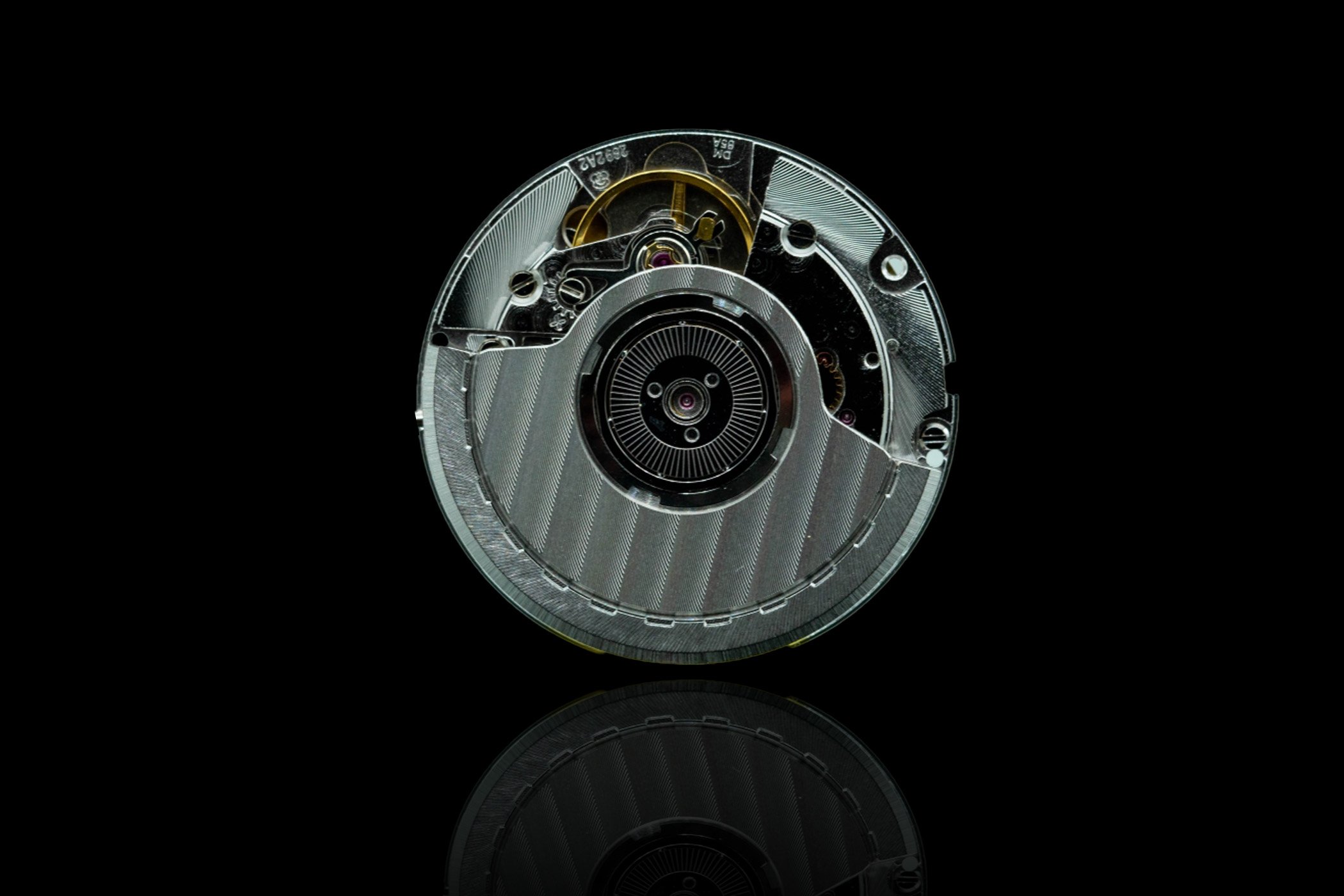
Introduced in the 1970s during the rise of quartz movements, which were poised to dominate the industry, threatening to eclipse and eradicate mechanical mechanisms almost entirely, the ETA 2892 has become one of the most renowned and widely used self-winding calibres produced by the Swatch Group’s giant movement maker. Like the ETA 2824, the 2892 has maintained its relevance and popularity, becoming a mainstay in the watch industry. Known for its robustness and versatility, the high-end extra-flat automatic ETA 2892, or, to be precise, its updated version, 2892A2, powers timepieces from numerous brands; it is often used as a base and also paired with modules to add complications such as world time, power reserve indicators and chronographs. Let’s explore how this “point of reference in the field of automatic mechanical movements” has achieved remarkable success and enduring acclaim.
The creator, the process and the inspiration
The ETA 2892 calibre is the brainchild of Anton Bally, an illustrious engineer, designer, and long-time president of ETA who left an indelible mark on the watchmaking industry. Notably, Bally hailed from a 200-year-old watchmaker lineage, and his father worked at Felsa, which became part of ETA in 1969.

Anton Bally began his career in watchmaking as an apprentice at ETA in 1962 under Heinrich Stamm – ETA’s chief designer, who had conceived many of the company’s essential watch movements. Bally furthered his education at the technical college in Bienne, graduating with a degree in microtechnology in 1968, and then pursued a master’s degree at the University of Neuchâtel. Recognizing Bally’s potential, ETA’s chief movement designer, Urs Giger, encouraged him to return to ETA, and so Bally heeded this advice, rejoining the company in 1971 (he retired from ETA in 2004). His first major assignment was to redesign the Eterna-Matic 3000 movement, 3.6mm thin calibre 1466U with the central rotor winding system, which operated at 18,000 vibrations/hour and was created by his mentor, Heinrich Stamm.
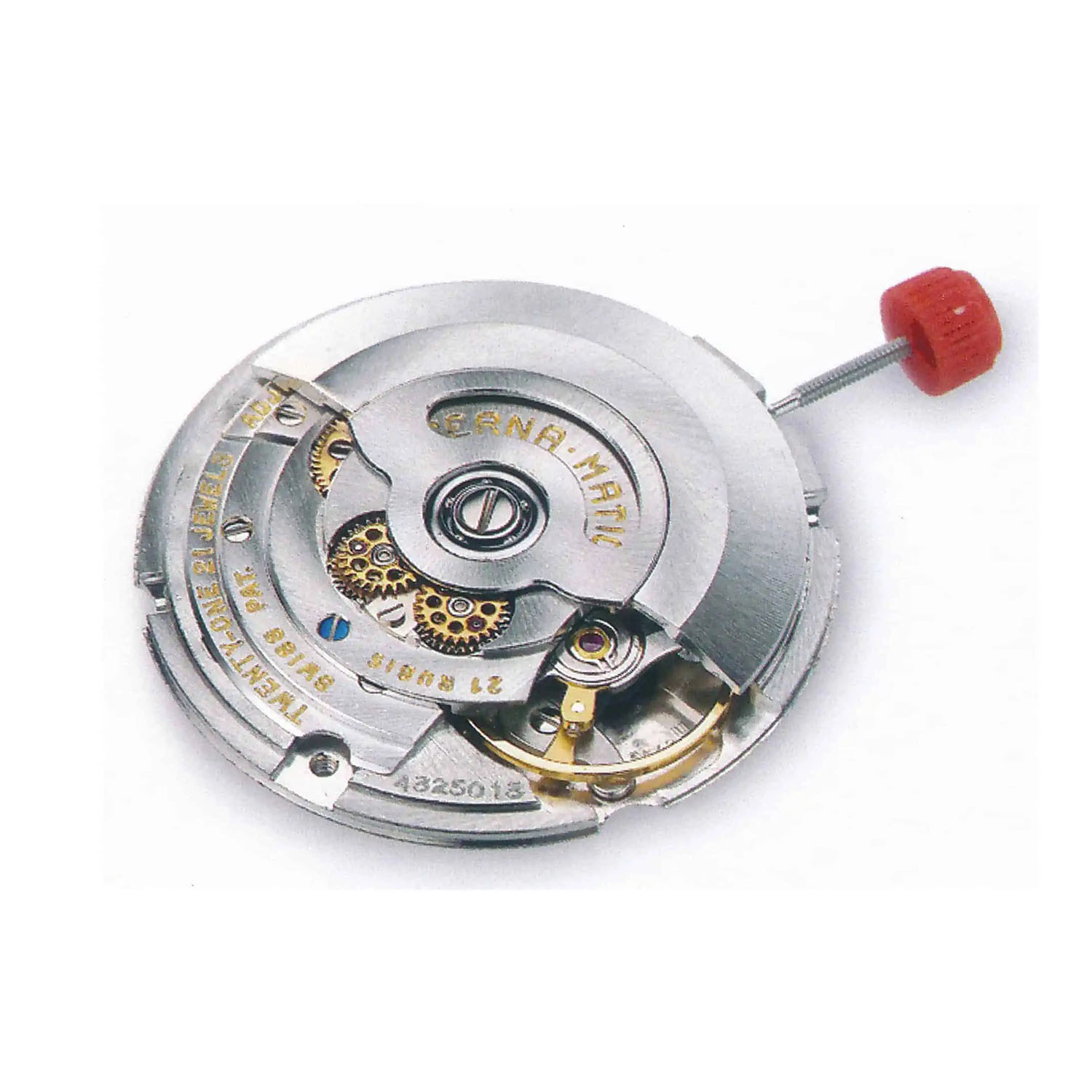
Eterna’s calibre 1466U, introduced in 1962, was a new movement featuring advancements that contributed to reduced thickness. It included many of Stamm’s hallmark elements, such as the “Eterna” gear tooth profile and unsprung winding ratchet wheels for manual winding. Despite its success, the 1466U was challenging to manufacture, and Anton Bally was tasked with redesigning it for mass production and, thus, a more comprehensive application across multiple brands.
In 1973, the 1466 family of 18,000 vibrations/hour movements expanded to include calibre 1504, which operated at 28,800 vibrations/hour and featured Kif-Ultraflex shock protection. This balance frequency, known for its precision and manageable technical issues, was eventually adopted by Bally for his now-famous creation: the calibre 2892.
The first-generation ETA 2892 – 1975-1983
The ETA 2892, a variant of calibre 2890 with a date disc, boasted a 28mm diameter (12.5 lignes) and a height of 3.6mm. ETA produced it from 1975 to 1983 until it was replaced by the smaller calibre 2892-2, with a 25.6mm diameter to match the workhorse calibre 2824, with the 25.6mm diameter movements eventually becoming one of the standards in the watchmaking industry.

The original calibre 2892, with a smaller balance wheel than in earlier movements (like the ETA 2824) and a clockwise cock with an eccentric screw for regulation, featuring the ball-bearing stepped “Etarotor” and a unique arrangement of components around a central opening for the automatic winding mechanism, offering a 42-hour power reserve.
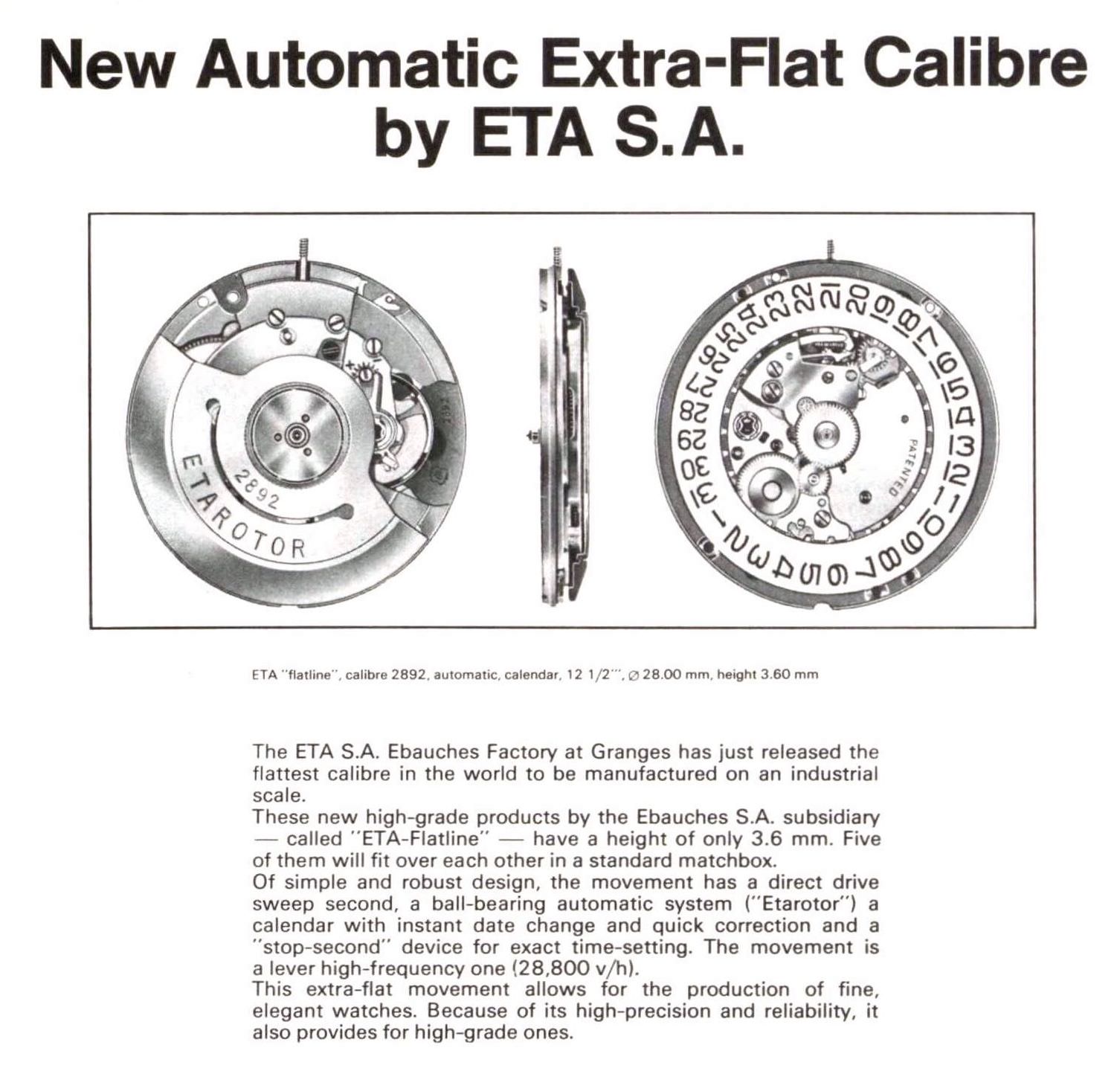
While retaining many design features from Heinrich Stamm, Bally’s mentor, the 2892 introduced numerous improvements that made manufacturing easier. As ETA’s nearly 50-year-old advertising highlighted, 2892 was “of simple and robust design, the movement has a direct drive sweep second, a calendar with instant date change and quick correction and a “stop-second” device for exact time-setting… This extra-flat movement allows for the production of fine, elegant watches. Because of its precision and reliability, it also provides for high-grade ones”.

This is a very accurate description of the ETA-Flatline calibre 2892, and it brings into focus the key attributes that would contribute to the popularity this movement continues to enjoy. Simple and robust design meant a reduction of parts and easy service thanks to the modular construction. The instant date change, quick date correction via the crown, and balance-stop device for the second setting are taken now for granted, yet at the time of the introduction in 1975, they were all valuable features and standards for this movement. Last but not least, this ad is clearly directed at brands seeking to offer fine, elegant and often expensive watches – and the brands were good to respond, especially since the 2892’s design allowed for the attachment of modules and additional complications, providing sufficient torque to drive these features without significantly impacting amplitude or timing.
This adaptability and reliability made it a favourite among brands, gaining recognition as a versatile and high-quality thinner movement suitable for upscale watches. Such an attractive offer it was, the original ETA 2892 lasted nearly a decade amidst the quartz crisis until its 28mm diameter became an issue, in part because the new designs emerging in the 1980s called for smaller movements and perhaps because other contemporary popular movements, ETA calibre 2824 included, were cementing the trend and ETA looked to optimize production.
The downsized ETA 2892-2 – 1983-2000
The second-generation calibre 2892-2, launched in 1983, featured a reduced diameter of 25.6mm, achieved by trimming a few millimetres from the mainplate and downsizing the rotor. This iteration remained in production until 2000, yet the 2892-2 had flaws. Users reported inefficient winding while on the wrist, with the movement sometimes failing to wind enough to keep running throughout the day. This issue stemmed from the winding mass and inefficiencies in the automatic winding mechanism.
The problem also affected related movements, such as the rarely used 2893 worldtimer/GMT series and the perpetual calendar derivatives 2890-9 and 2891-9. The 2890 range included the 2894-2 with a modular chronograph and the 2895-1 featuring date and small seconds. Still, the 2892-2 was considered a good quality movement, and brands built their collections using the 2892-2 ébauches for the engines.
The legendary ETA 2892A2 – 1996
Aware of the issues, ETA chose not to retire the 2892-2 altogether (this would happen in 2000), yet sought to create a better version to co-exist, resulting in a revised cal. 2892A2 – with improved winding efficiency via the modified rotor – by reducing the chamfer around the circumference of the oscillating weight to add mass at the edge. Also, ETA engineers switched from a stud to support the intermediate reduction wheel to a jewel on the upper winding bridge, which resulted in less winding friction due to the intermediate reduction wheel’s much better stability. Notably, the official jewel count remained at 21, yet with the updated cal. In 2892A2, attaining full power reserve became much easier than before, and it also featured the finishing and decoration that was superior to 2892-2, even in basic models.
The ETA 2892A2, introduced between 1994 and 1996, quickly established itself as a higher-end product for the burgeoning chronometer and luxury automatic watch market of the 1990s and 2000s. It remained highly sought after until 2021 when ETA ceased supplying mechanical movements to brands outside the Swatch Group.
The ETA 2892A2 was available in several grades, typical of the brand. Elaboré came with a nickel balance, adjusted in four positions with an average rate of +/–5 seconds daily. Top grade came with a Glucydur balance adjustments in five positions average at +/–4 seconds per day, the max daily variation never exceeding +/–15 seconds a day, and serial-numbered Chronomètre with a Glucydur balance and official COSC certification kept −4/+6 seconds a day, as per the COSC standard.
ETA developed several variants of the base 2892A2 movement, with the newly added big date complications (ETA 2896) and power reserve (ETA 2897), the small seconds was updated to 2895-2, and perpetual calendars to 2890A9 and 2891A9. Yet the widespread influence and adaptability of the 2892A2 is best illustrated by the following examples, though they represent only a fraction of its extensive application in the watchmaking industry.
The enduring appeal and popularity of the ETA 2892
Breitling extensively utilized the 2892A2 as the base for numerous calibres, including Caliber 10, 19, 22, 25, 27, 29, 41, 44, 25B, 26B, 27B, B14, and B16. These movements powered an impressive array of references in Breitling collections, such as the Transocean, Chrono-Matic, Chronomat, Super Chronomat, Montbrillant, Premier Top Time, Navitimer QP, Skyracer, Cosmonaute, Super Avenger II, Navitimer 1461, Superocean Heritage, and Breitling for Bentley, among others.

Hublot’s HUB 1143, HUB 1152, and HUB 1155 movements, all based on the ETA 2892A2, were integral to the brand’s Classic Fusion chronographs. TAG Heuer’s Calibre 7, also derived from the 2892A2, powered the Carrera Date 36 and certain Aquaracer and Autavia models. IWC employed the 2892A2 for its 30110, 30120, and 375xx movements, which could be found across most of the brand’s collections.
The iconic Ballon Bleu de Cartier was initially launched with the Cartier 049 movement, which is based on the 2892A2. Bulgari’s calibre 220, Montblanc 4810/100, Maurice Lacroix ML-129, Franck Muller 2800, and Tudor T401-901 are also derived from the ETA 2892A2.

Baume & Mercier, Bell & Ross, Panerai (the brand infamously claimed P.9200 to be an in-house movement while forgetting to erase the 2892A2 stamp from the plate), Milus, TAG Heuer, Tiffany & Co. have all utilized the ETA 2892A2 in their timepieces. Naturally, it also found its way into many Swatch Group brands, featuring prominently in various Hamilton, Mido, Tissot, Certina and Rado collections. Longines developed its own branded versions of the 2892A2 and its derivatives – calibres L599, L600, L607.2, L619.2 among them, and let’s include the COSC-certified L888.4 with silicon balance spring – a Longines-exclusive ETA A31.L11, with a 2892A2 base.
Since we’re on the topic, the ETA A31.L11 warrants attention. Based on the 2892A2, this movement is a significantly upgraded version created exclusively for Swatch Group brands. Notable changes include an operating frequency of 25,200 vibrations per hour and an impressive 72-hour power reserve, an increase from the 42 hours offered by the 2892A2.
The improvement in autonomy was reached by using a new alloy for the mainspring, allowing it to be thinner and longer, resulting in more coils with increased flexibility and efficiency. Additionally, the A31.L11 features Nivachron or Silicium balance springs, which mitigate the adverse effects of magnetism on functionality and accuracy.
The A31.L11 is a base movement for Swatch Group companies, which rebranded it with new calibre numbers. ETA’s in-house catalogue also includes the A31.L01, A31.L02, and A31.L81 movements derived from the ETA 2892A2 base.

Omega, too, extensively employed the movement; its use of the 2892A2 is particularly notable. The calibres 1108 and 1109, the better-known chronometer cal. 1120, the 1128 with an adjustable 24-hour hand, and the 1143 with a Dubois-Depraz chronograph module all stem from this base. Additionally, 1160, equipped with a module for perpetual calendar, moon phase, and chronograph, the 2500 with the co-axial escapement – “the greatest revolution in recent watchmaking history, reaching chronometric performance standards previously unimagined for series-production mechanical watches” – and its skeletonized counterpart, the 2402, and the 2507 with a 007-themed rotor, all use the 2892A2 as their base. Because it delivers and is excellent.

These adaptations underscore the versatility and enduring appeal of the ETA 2892A2 in the watchmaking industry. ETA deserves commendation for creating such a remarkable movement that could be produced in large quantities while maintaining reliable performance and accuracy. Much like the 2824, the 2892A2 is one of the best automatic movements ever made. Over the years, it has been refined, and the initial issues have been addressed. When the Swatch Group threatened to limit and eventually stop selling it to third parties, the demand was unsurprisingly met by clones, with Sellita leading the way by offering its version of a thin automatic calibre since 2008, and clones produced by Soprod, Valanvron and Seagull.
the Sellita clones (SW300)
The Sellita SW300 movement series, a clone of the ETA 2890 family, notably mirrors the esteemed 2892A2. The SW300-1, a popular alternative, shares a similar design but with key distinctions: it boasts 25 jewels instead of 21, with additional jewels supporting the barrel arbour. Differences include a modified intermediate wheel in the winding mechanism, reportedly more durable tooth profiles, and updated bridges for the reverser wheels. Later versions feature minor design tweaks, such as a new pallet bridge that eliminates a screw and modifies the threading of a positioning hole. A significant improvement in 2021 introduced a new barrel, extending the power reserve to 56 hours for all SW300 series movements.
Today, Sellita produces the SW300-1 a, a direct clone of the 2892A2, along with the no-date variant SW300-1 b. Both are available in skeletonized versions and with various finishing degrees, all maintaining the original’s 3.6mm height. Additionally, the SW300 series includes movements with day/night indication (SW305-1), the SW330-2 with a 24-hour central hand, the SW331-2 world timer, the SW360-1 with small seconds, and the SW382-1 with a moon phase and date via a central hand, thus surpassing the number of variants available during the 2892A2 era.

Regarding excellence
And what an era it was! Surviving the quartz crisis was already a significant achievement. (Smartly, Anton Bally utilized the 2892 design in 1976 to create the quartz calibre ETA 940, which became the foundation for ETA’s Flatline movement series of the 1970s. This series was almost identical to the mechanical 2892, apart from the quartz regulator). Successfully addressing the flaws after the “downsizing”, and then, for a quarter of a century, the third-generation 2892A2 powered a wide range of timepieces, serving as the base for movements used by diverse watchmaking brands and consistently proving its worth.
While researching opinions on 2892, I encountered an insightful post from a watch repair expert, who suggested asking critics of the ETA 2892 what they would have used instead and why. “It’s unlikely you’ll get any specific details,” he noted. “If they start spouting ‘free-sprung balance’ or ‘Breguet overcoil,’ just start giggling, as they don’t actually know what they’re talking about and are guilty of education by osmosis from other watch enthusiasts who believe what they read in those fine collections of ads and hyperbole we sometimes jokingly refer to as watch magazines.”
Whether from someone with decades of experience fixing watches daily or not, this quote is a fitting conclusion to this overview.


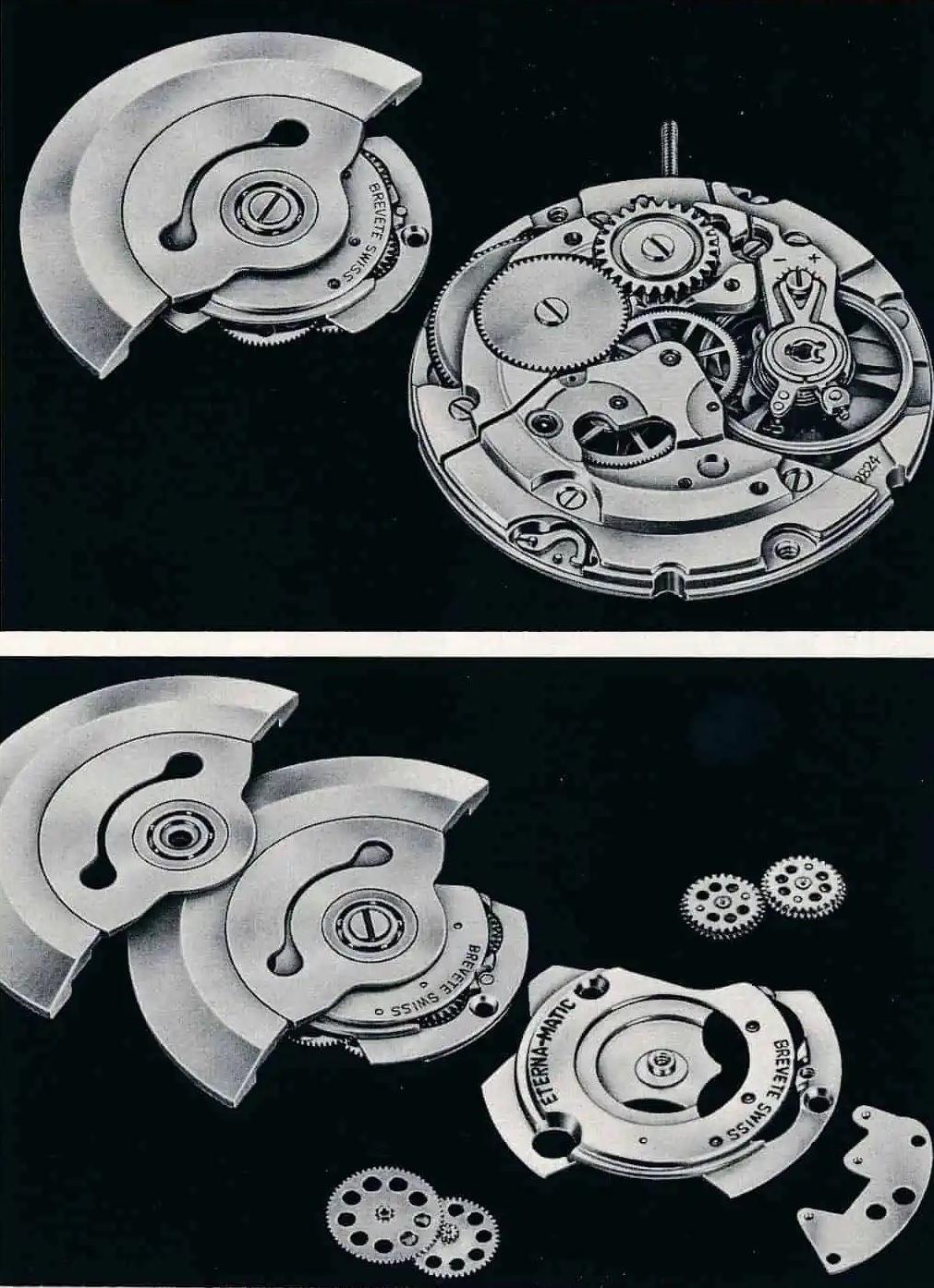




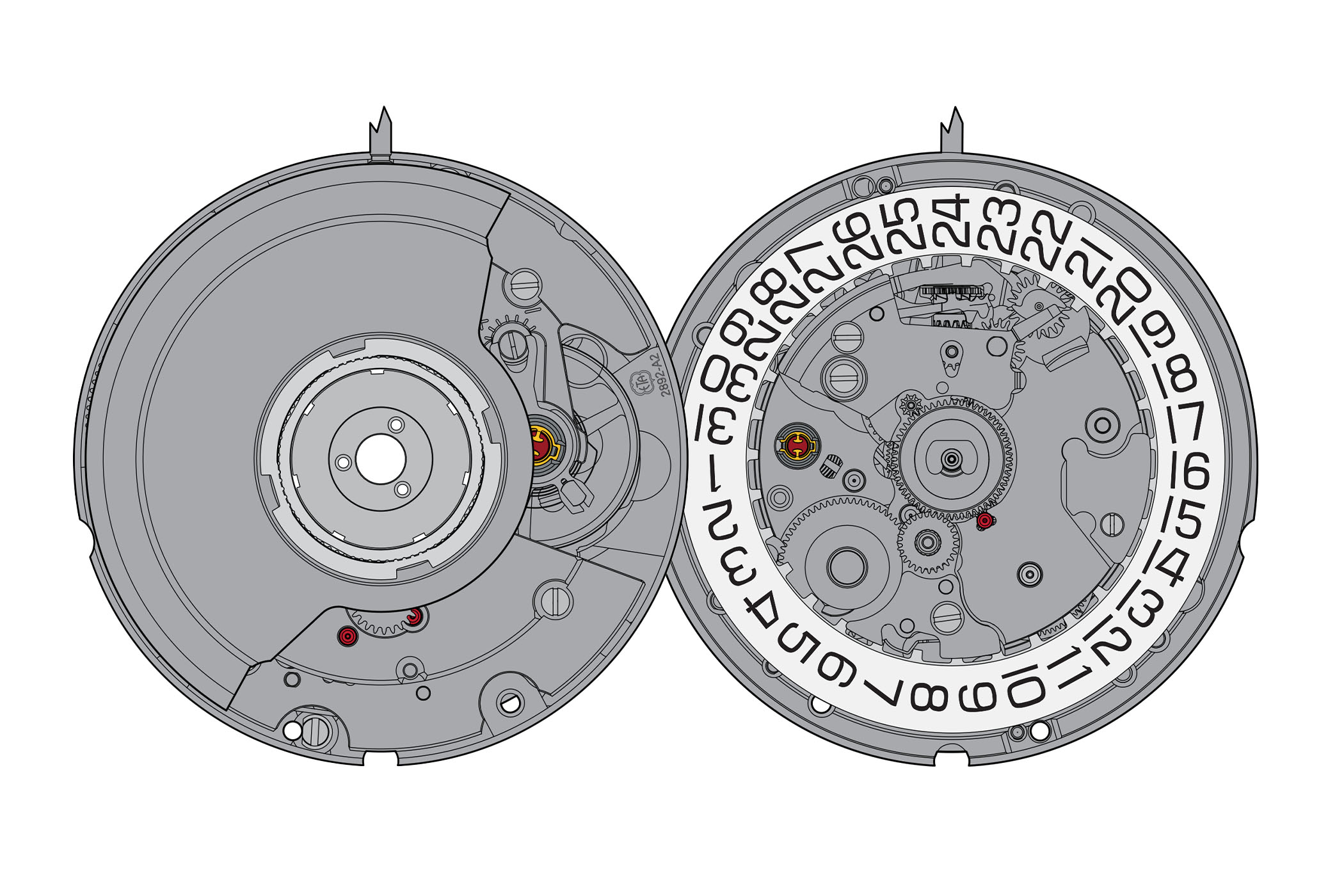









5 responses
In my sincere opinion, ETA didn´t manage to fix winding issues in 2892a2: it was improved, but poor winding efficiency continued to plague its owners up to the 1120 Omega improvement. I really don´t know why Swatch Group didn´t extend Omega modification in its winding mechanism to the regular ETA, since they were parent companies…. And a final word about Sellitas: a lot of durability issues plagues its clone up to no more than 5 years ago….
Another interesting article about movements, keep it up
Thanks for this insightful article. It’s great to get behind the scenes or rather “inside the watch case” knowledge on the Swiss watch industry and their key suppliers.
The images supposed to be the eterna 1466u are incorrect. They are images of the eterna 142x which more closely resembles the eta 2824.
Excellent article. I first encountered this movement series when making my second luxury timepiece purchase via an Omega Seamaster with 1120 over 20+ years ago. Loved the Longines movement references using this base architecture. How far the state of art in movement design continues to improve even today in pursuit of an arcane technological interest.